Carnivorous Dionaea Muscipula Venus Flytrap
Carnivorous Dionaea Muscipula Venus Flytrap – The Ultimate Natural Fungus Gnat Killer
The Carnivorous Dionaea Muscipula Venus Flytrap is one of the most fascinating and iconic carnivorous plants, prized for its ability to capture and digest insects. Known for its jaw-like traps lined with sensitive trigger hairs, this remarkable plant lures in pests like fungus gnats, flies, and other small insects before swiftly snapping shut.
🪴 Please note: The pictures represent examples of our stock. Each Carnivorous Dionaea Muscipula Venus Flytrap is unique, with slight variations in size, shape, and trap formation. However, all are healthy and carefully selected. Every carnivorous plant purchase includes a beautifully illustrated care guide to help you keep your new plant thriving.
You can check out more of our Carnivorous Plants here.
Click here to check our care instructions to find out how to look after your carnivorous plant.
Would you like to learn about carnivorous plants? Check our article here.
Why Choose the Venus Flytrap?
✔ Fungus Gnat Killer – A natural and eco-friendly way to control pests in your home.
✔ Easy to Care For – Thrives in bright, indirect light with high humidity.
✔ Perfect for Terrariums – A striking addition to carnivorous plant collections.
✔ Unique & Educational – A great plant for nature lovers and kids fascinated by botany.
Care Guide for Your Venus Flytrap
- Light: Prefers bright, indirect light or at least 4-6 hours of direct sunlight daily.
- Water: Use distilled or rainwater only—tap water can be harmful. Keep soil consistently moist but not waterlogged.
- Humidity: High humidity enhances growth; ideal for terrariums.
- Feeding: Feeds on insects like flies, gnats, and spiders—avoid overfeeding or feeding human food.
- Dormancy: During winter, the plant enters dormancy and slows growth. Reduce watering and keep in a cool environment.
Why Buy from Us?
All our Carnivorous Dionaea Muscipula Venus Flytrap plants are carefully grown and shipped in perfect condition. Each plant comes with a detailed care guide to help it thrive in your home.
Get your natural fungus gnat killer today and enjoy a pest-free indoor garden!
Learn more about carnivorous plants
This plant definitely falls into the category of weird, wonderful and downright fascinating. Mesmerising houseplant owners of all ages with their striking appearances and fascinating adaptations to capture and feed on insects and small creatures. It is no wonder they have held their popularity for decades.
The best place to start with carnivorous plants is by understanding their natural habitat and how their environment has led them to form such unique adaptations. Carnivorous plants have been on the planet for a long time, around forty million years and have been found on almost every continent and tropical island with Antarctica being the only exception.
Carnivorous plants are typically found in areas that are high in natural light and moisture, as well as water-logged areas like swamps where the nutrients in the soil are virtually non-existent. Many of their strange adaptations have been formed from this lack of nutrients.
All plants need basic nutrients to survive and without them, they don’t stand much of a chance.
Nitrogen and phosphorus are two of the most important nutrients plants need, nitrogen is the main component in chlorophyll which plants use for photosynthesis. The other is phosphorus, which is needed to make this process possible. Plants use phosphorus to take in, store and convert the sun’s rays. Without it, they would be unable to use the sun’s energy to create the biomolecules (proteins, amino acids, DNA) they need to grow and reproduce.
Carnivorous plants have adapted over millions of years to get these essential nutrients from their environment. Unable to get these nutrients from the soil they have formed traps to capture insects and small creatures that are rich in the nutrients they lack.
There are approximately 600 different species that fall into the Carnivorous plant category. These different species have found ways of attracting, trapping, killing, and absorbing their prey purely to extract the nutrients they need for survival.
Most carnivorous plants will use bright colours, distinctive smells, and sticky surfaces to attract insects but some key mechanisms make up the variations of carnivorous plants and most species can be spread across these different hunting strategies
- Snap traps use rapid leaf movement to snap shut and capture their prey.
- Bladder traps suck in their prey with a small internal vacuum.
- Pitfall traps entice prey into a small rolled-up leaf with digestive enzymes.
- Flypaper traps utilize sticky mucus to trap their prey.
- Eel traps use inward-facing hairs to force their prey towards the digestive organ.
Why Your Carnivorous Dionaea Muscipula Venus Flytrap Might Be Dying: Common Issues and Solutions
Venus flytraps (Dionaea muscipula) are fascinating carnivorous plants that captivate plant enthusiasts with their unique ability to trap and digest insects. However, caring for a Venus flytrap plant and keeping it healthy can be challenging if its specific needs are not met. If your Venus flytrap plant is struggling, it could be due to several common issues. This article explores these problems, their solutions, and provides essential information about the plant’s natural dormancy period.
1. Improper Watering
Issue:
Venus flytraps are highly sensitive to the type of water they receive. Tap water, which often contains minerals and chemicals, can be harmful. Overwatering or underwatering can also cause significant stress to the plant.
Solution:
- Use Distilled Water or Rainwater: Always water your Venus flytrap plant with distilled water, rainwater, or reverse osmosis water. These water types are free from harmful minerals and chemicals that can build up in the soil and damage the plant.
- Keep Soil Moist: The soil should be consistently moist. A good practice is to use a tray with some water, allowing the plant to absorb what it needs.
2. Incorrect Soil Type
Issue:
Venus flytraps require a specific type of soil that mimics their natural habitat: poor, acidic, and well-draining. Regular potting soil is too nutrient-rich and can kill the plant.
Solution:
- Use a Carnivorous Plant Soil Mix: The perfect mix should be the soil nutrient-poor, which is essential for the plant’s health.
3. Inadequate Light
Issue:
Venus flytrap plants need plenty of sunlight to thrive. Insufficient light can cause the plant to become weak, with elongated leaves and reduced trap production.
Solution:
- Provide at Least 4-6 Hours of Direct Sunlight Daily: Place your Venus flytrap in a bright, sunny location where it can receive direct sunlight. A south-facing window is ideal. If natural sunlight is limited, supplement with a fluorescent grow light that provides full-spectrum lighting for at least 12-16 hours a day.
4. Feeding Problems
Issue:
While Venus flytrap plants can catch and digest insects, overfeeding or feeding them inappropriate food can harm the plant. Some plant owners mistakenly feed their Venus flytrap human food or too many insects, which can lead to traps turning black and dying.
Solution:
- Feed Sparingly and Appropriately: Only feed your Venus flytrap plant small insects like flies, ants, or spiders, and limit feeding to once every 2-4 weeks. Each trap should only digest one insect at a time. Never feed it human food or overfeed, as this can stress and weaken the plant.
5. Pest Infestation
Issue:
Pests such as aphids, spider mites, and mealybugs can attack Venus flytraps, leading to discoloured or distorted leaves, and in severe cases, plant death.
Solution:
- Monitor Regularly and Treat Immediately: Inspect your plant regularly for signs of pests. If you notice any, treat the plant with an insecticidal soap or a neem oil solution. Make sure to follow the product instructions carefully.
6. Dormancy Mismanagement
Issue:
Venus flytraps require a period of dormancy each year, usually during the winter months. Failing to allow for this natural rest period can weaken the plant and eventually lead to its death.
Solution:
- Provide a Dormancy Period: In late fall, reduce watering and allow the plant to experience cooler temperatures (0°C to 10°C). During dormancy, the plant will appear to die back; however, it is resting. Keep the soil just barely moist and provide minimal light. Dormancy typically lasts for about 3-4 months, after which you can gradually return to normal care.
Understanding Dormancy in Venus Flytraps
Dormancy is a crucial part of the life cycle of Venus flytraps. During this time, the plant conserves energy and prepares for new growth in the spring. This rest period is triggered by shorter daylight hours and cooler temperatures. Caring for a Venus flytrap plant during dormancy:
- Timing: Dormancy usually begins in late autumn (around November) and lasts until early spring (around February or March).
- Temperature and Light: Maintain temperatures between 0°C to 10°C and reduce light exposure. A cool basement, garage, or even a refrigerator can provide the necessary conditions if you live in a warm climate.
- Watering: Water sparingly during dormancy, just enough to keep the soil slightly damp. Avoid overwatering, as the plant’s metabolism slows down significantly, and it won’t need much moisture.
- How should I water my Venus Flytrap to ensure it thrives?
- Always use distilled or rainwater, as tap water can be harmful due to minerals and chemicals. Keep the soil consistently moist but not waterlogged by using a tray method where the plant can absorb what it needs.
- Can I keep my Venus Flytrap in a terrarium?
- Yes, Venus Flytraps are perfect for terrariums due to their need for high humidity and controlled environments. Ensure the terrarium is well-lit and avoid overcrowding to allow each plant enough space to thrive.
- What is the best light setting for a healthy Venus Flytrap?
- Position your plant in a spot where it can receive at least 4-6 hours of direct sunlight daily. If natural sunlight is insufficient, consider using a full-spectrum fluorescent grow light for 12-16 hours a day.
🪴 Carnivorous Dionaea Muscipula Venus Flytrap Care Guide
Welcome to your simple guide to caring for the fascinating Venus Flytrap! Follow these tips to keep your quirky plant thriving and watch it snap up those pesky gnats with gusto!
☀️ Light
☀️☀️☀️ (High)
The Venus Flytrap loves a good sunbath! Ensure it receives at least 4-6 hours of direct sunlight daily. A sunny windowsill is perfect, or a spot in a bright conservatory works wonders.
💧 Water
💧💧💧 (High)
Moisture is critical for your flytrap. Use only distilled or rainwater, as tap water can harm the plant. Keep the soil consistently moist but not waterlogged. A water tray method can be very effective.
💧️ Temperature
🌡️️🌡️️▫️ (Average)
Venus Flytraps thrive in warmer temperatures during the growing season. They prefer around 21-35°C. However, they do need a colder period in winter to go dormant properly.
💦 Humidity
💦💦💦 (High)
High humidity helps your Venus Flytrap flourish. If your home is dry, consider placing it in a terrarium or using a humidity tray.
💦 Repotting
Repot your Venus Flytrap every 12 to 18 months with a suitable carnivorous plant soil mix. Ensure the mix is nutrient-poor, such as sphagnum peat moss with perlite.
🐾 Pet Friendliness
Good news! The Venus Flytrap is non-toxic and safe around your furry friends.
🐾 Recommended Locations at Home
Place your Venus Flytrap in bright areas where it can catch some rays — think windowsills or a conservatory. Just be mindful to avoid overly hot, direct afternoon sunlight which can scorch the leaves.
✨ Other Plant Features
Aside from being a natural pest controller and a fun conversation starter, the Venus Flytrap is a fascinating educational tool for kids and adults alike, demonstrating unique adaptations for survival.
Still curious or need more help? Don’t hesitate to ask Mossbot for assistance or contact us via our website. Remember, we also offer a free plant hospital service if your flytrap ever feels under the weather!
Happy growing and enjoy the mesmerizing action of your new carnivorous plant!
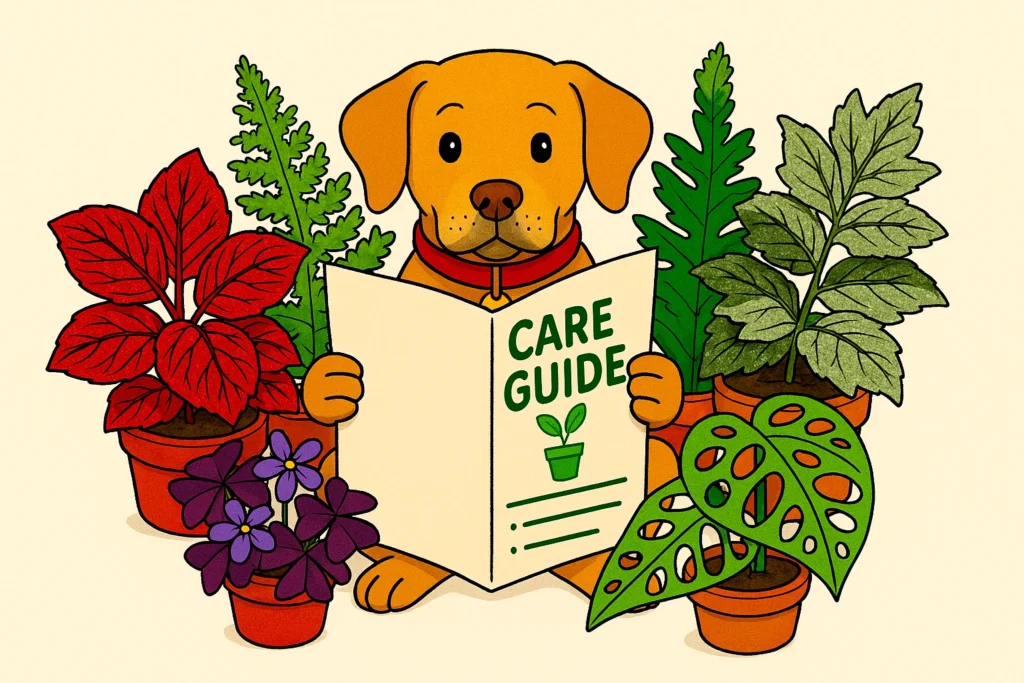
Free Care Guide With Every Purchase
Scan the plant pot QR for instant access to our care guide for your plant. No hassle, no stress, just healthy and happy plants.
Verified reviews from our customers
| 5 star | 96% | |
| 4 star | 3% | |
| 3 star | 1% | |
| 2 star | 0% | |
| 1 star | 0% |



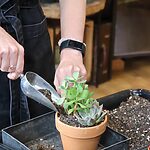
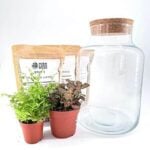
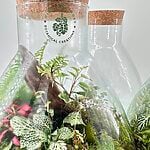
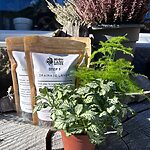
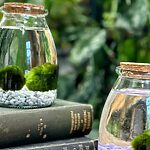
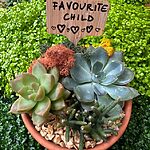
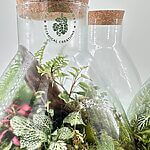


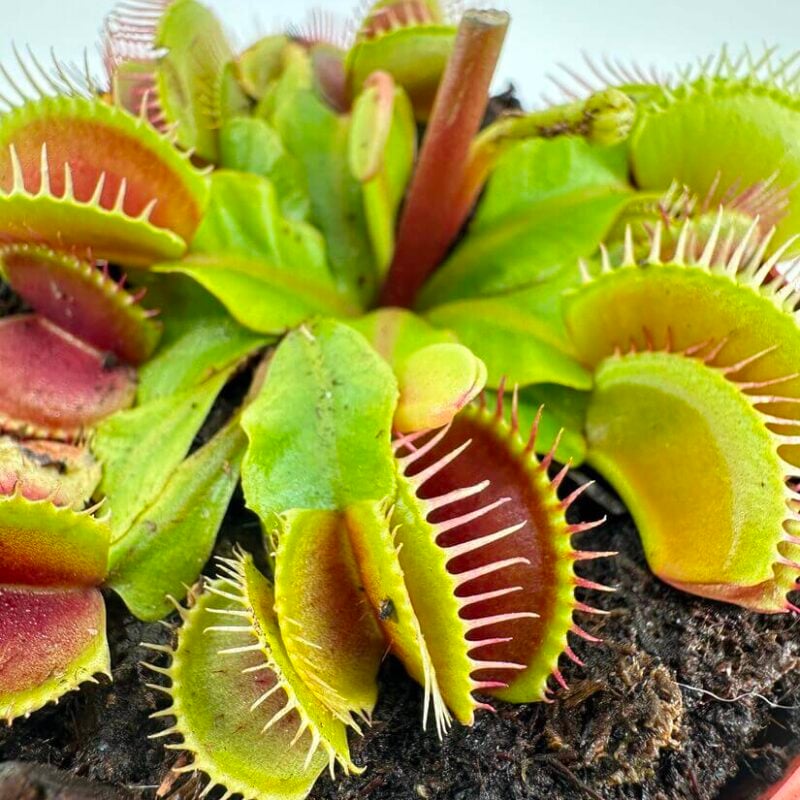




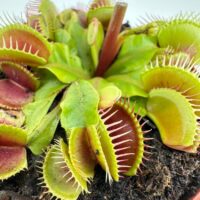


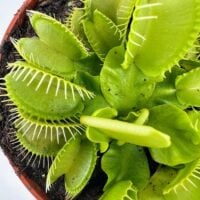
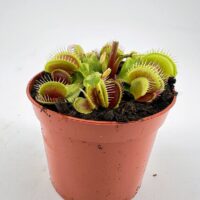
excellent packaging and service, prompt reply to a query.
Everything was very well packed.
A great website, with some beautiful items that are well presented. Perfect free gift provided and delivery was super quick, with good packaging too! Thank you.
Arrive quickly, well packaged and exactly as described, although the post office clearly missed the huge, live plant, and fragile stickers🤣
Very fast delivery, website easy to navigate